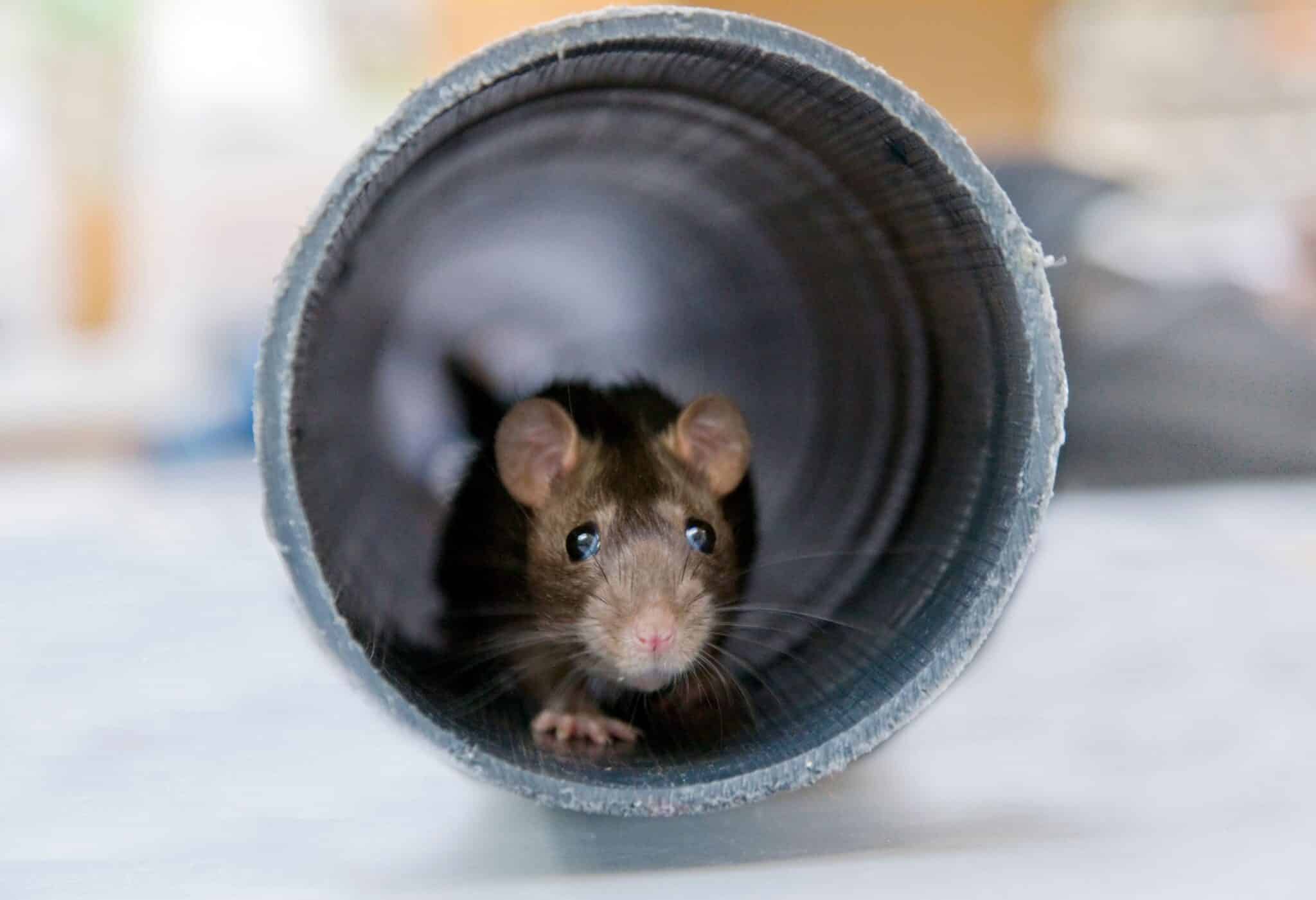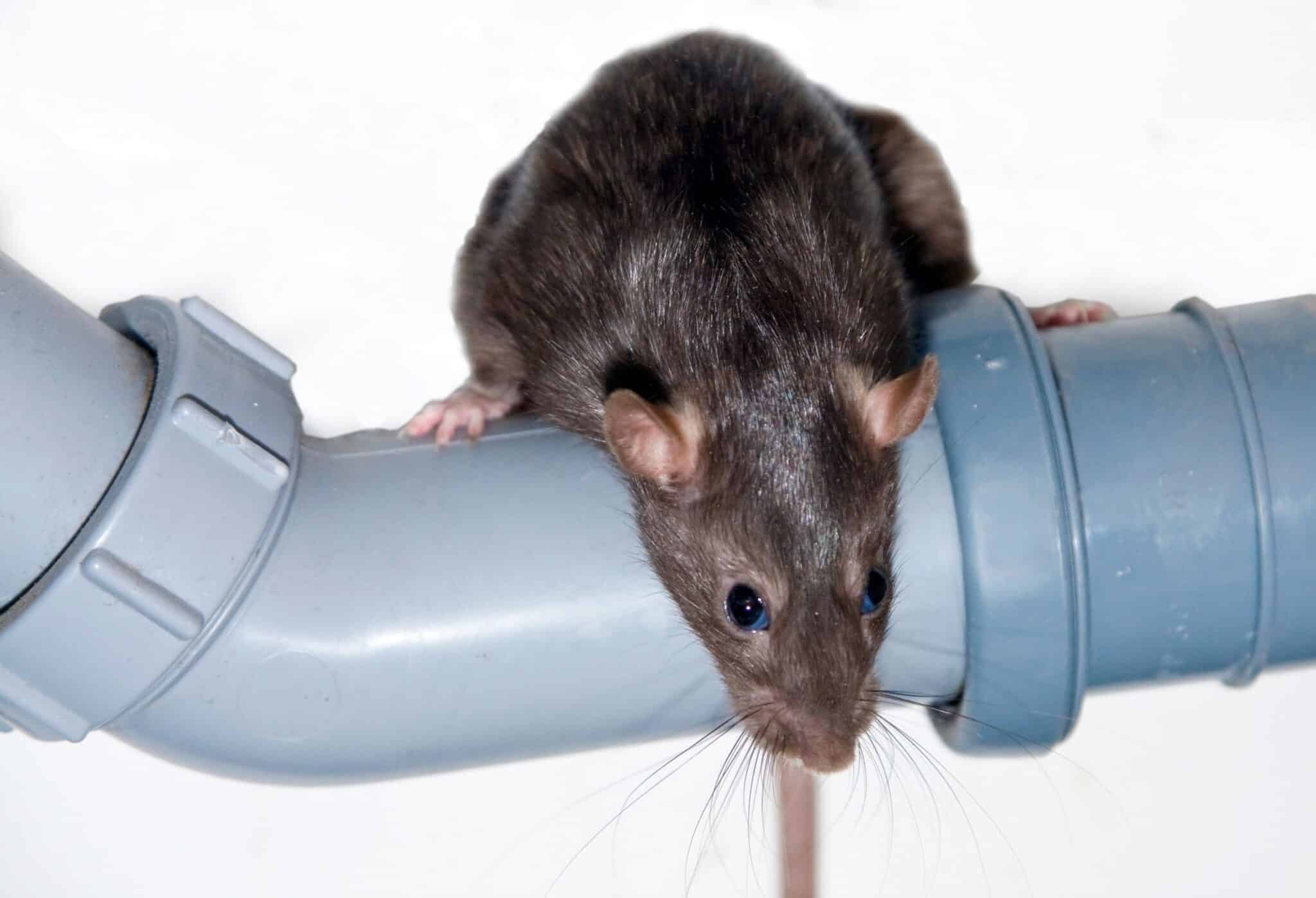How to Locate and Safely Remove a Rat Nest
If you’ve noticed scratching sounds behind the walls or found a few suspicious droppings, you might be sharing your home, garden, or office with some unwelcome visitors. Rats are sneaky and resourceful, and once they’ve built a nest, they can be challenging to evict.
In this guide, we’ll walk you through how to locate and safely remove a rat nest, covering the warning signs, the risks, the actions you can take, and when it’s time to call in professional help.
Understanding Rat Nesting Behaviour
For rats, a nest is all about survival and reproduction. They need a safe spot to raise their young, protect themselves from predators, and stay warm. A well-built nest offers insulation, concealment, and a central point for the family unit. And they’re quite strategic about it:
- Shelter and security: They prefer dark, secluded, and undisturbed areas where they feel safe from being seen or reached.
- Proximity to food and water: They won’t set up camp too far from their food and water sources.
- Availability of nesting materials: They need soft materials to build their nests, such as paper, cardboard, fabric scraps, insulation, and even grass or leaves.
The thought of rats nesting on your property makes most people uncomfortable, and for good reason. Rats create an unsettling feeling of losing control over your own space. They pose a host of health risks, carrying various diseases that can be transmitted to humans through their droppings, urine, and bites. Once rats settle in, they’ll shred anything they can find to create a nest, even causing property damage. Their constant gnawing can damage insulation, electrical wires (a fire hazard), pipes, and building structures.
Rats can contaminate food preparation areas and stored goods with their droppings and urine, and established nests can create a persistent, unpleasant, and often intense, musty smell. If conditions are right, they’ll breed rapidly, turning a small problem into a serious rat infestation before you know it. This can also lead to secondary infestations, attracting other pests like fleas and mites.

Common Places Where Rats Nest
At Pest Stop Boys, we know how to locate and safely remove a rat nest. Rats aren’t too fussy, and they can make themselves comfortable in a variety of locations, both inside and outside your property. They prefer to set up home in undisturbed, sheltered locations, so knowing where to look is half the battle. Here’s where rats love to hide:
Indoor hiding places
- Lofts and attics: These spaces are often quiet and filled with insulation, which is the perfect nesting material.
- Basements, cellars, and crawl spaces: If it’s dark, damp, and largely undisturbed, it’s attractive to rats.
- Wall cavities and under floorboards: The secluded nature of these spots makes them ideal for rats, who can squeeze into surprisingly small spaces.
- Behind appliances: Warmth from refrigerators, dishwashers, or ovens is appealing to rats.
- Storage and furniture: Cardboard boxes and upholstered furniture with hollow bases can be prime real estate for rats to build nests.
Outdoor hideaways
- Garages and sheds: Outbuildings provide dark, undisturbed corners for rats to take shelter from the elements. You’ll find them amongst any clutter you have piled up.
- Gardens: Dense vegetation, overgrown areas, compost heaps, and wood piles make ideal shelters, providing cover and security.
- Burrows in the ground: Rats often tunnel near building foundations and drains.
- Under decking and patios: It’s dark and safe from predators.
Pay close attention to areas where food is stored, prepared, or disposed of, both inside and outside your property. This includes kitchens, pantries, rubbish bins, and even pet food storage.
Signs of a Rat Nest
Want to know how to locate and safely remove a rat nest? Start by learning to recognise the signs of an infestation. While the nest itself might be hidden, certain clues can point you in the right direction. For a start, rat droppings are typically dark, pellet-shaped, and about the size of a grain of rice. You’ll find them in concentrated areas near feeding spots or along travel routes.
Be on the lookout for gnaw marks and new damage to wood, wires, pipes, or packaging. Rats chew constantly to keep their teeth sharp. Also, keep an eye out for piles of shredded paper, fabric, cardboard, or insulation. You might hear scratching, rustling, or scurrying sounds within the walls, ceilings, or under the floor, especially at night when rats are most active.
A persistent ammonia-like smell that doesn’t go away can indicate the presence of a nest. In dusty areas or on spilt food, you might see small footprints and a thin line where their tail has dragged. You can also look out for smudge marks – rats tend to travel along the same routes, leaving greasy marks along walls and skirting boards due to the oils in their fur.
Finally, if you see one rat, there’s usually more. If you spot multiple signs, chances are you’ve got a nest nearby.

How to Locate and Safely Remove a Rat Nest: A Step-by-Step Guide
Whether you’re a homeowner trying to protect your family’s health or a business owner keen on maintaining a clean workplace, knowing where nests pop up and how to deal with them effectively is crucial. If you decide to tackle it yourself, follow these steps.
Precautions before you begin
Wear protective gear, starting with thick disposable gloves, a good quality dust mask or respirator, and eye protection (goggles) to avoid contact with potentially harmful bacteria, viruses, and parasites that rats can carry. You should also wear old clothes that you can wash immediately after. Ventilate the area – open windows and doors to ensure good ventilation before disturbing the nest, as the dust stirred up can carry harmful pathogens. Spray the nest lightly with a disinfectant or 1:10 bleach solution to minimise airborne particles.
Removing the nest safely
Never touch the nest or its contents directly. Use a shovel or tongs to carefully place the nesting material and any deceased rats into a thick, sealed plastic bag. Double-bag the nest and all contaminated materials for disposal. Once you’ve removed the nest and debris, thoroughly disinfect the entire area and surrounding surfaces with a strong disinfectant solution. Pay particular attention to areas where droppings or urine were present.
After everything is cleaned up and disposed of, remove your protective gear carefully and wash your hands thoroughly with soap and hot water for at least 20 seconds. Rats are dirty creatures, and their nests can harbour a cocktail of bacteria, viruses, and parasites – don’t skimp on hygiene!
Preventing Future Rat Infestations
Once you’ve dealt with the nest, the next priority is making sure you don’t have repeat offenders. Thoroughly inspect your property for any entry points to seal, i.e. holes or gaps in foundations, walls, floors, around pipes, and under doors. Seal these with wire wool, sealant, metal plates, or other appropriate materials that rats can’t chew through. Ensure you repair broken vents, drains, and pipes.
The next step is to keep things tidy and eliminate food sources. Store food in airtight containers, clean up spills promptly, and ensure rubbish bins have tight-fitting lids. Don’t leave pet food or birdseed outside overnight. Clear out clutter in lofts, basements, sheds, and gardens to eliminate potential nesting sites. You should also maintain your garden – keep grass cut short, trim back overgrown vegetation, and clear away fallen leaves and debris.
When to Call a Professional
If you’re not sure how to locate and safely remove a rat nest, don’t attempt removal yourself. Call Pest Stop Boys straight away. Rats can bite and scratch when cornered, so seeking professional help is always the most prudent and safest course of action. Here’s when it’s time to bring in professional pest control services:
- You’ve found multiple nests or widespread signs of infestation
- Live rats are present, especially aggressive or cornered rats
- The nest is difficult to access (in a tight wall cavity, under floorboards that require dismantling, or in other hard-to-reach spots)
- You’re unsure about safe removal or proper disposal procedures
- You’re worried about potential disease exposure or have underlying health conditions
- Structural damage is evident (chewed wires, etc)
- You’ve dealt with rats before, and they keep coming back.
At Pest Stop Boys, we specialise in professional rat control services. Our team uses humane methods to get rid of rats quickly and safely, and we also ensure they don’t return.
Frequently Asked Questions
How can I tell if I have a rat nest on my property?
Look for shredded materials, droppings, strong odours, and gnaw marks. Scratching noises at night are another tell-tale sign.
Where do rats typically build their nests?
Rats prefer quiet, undisturbed areas like lofts, wall cavities, basements, sheds, and compost heaps.
Is it safe to remove a rat nest myself?
Small, abandoned nests can be removed with proper protective gear and cleaning, but live nests or severe infestations should always be left to professionals.
What should I do if I find a rat nest in my home?
Don’t disturb it without precautions. If unsure, call Pest Stop Boys for a professional assessment and safe removal. We can also advise on preventative measures to stop future infestations and make your property less accessible to rats.
Can rats return after a nest is removed?
Yes – if entry points aren’t sealed and food remains accessible, rats will happily move back in.
What are the best ways to prevent rats from nesting?
Keep things clean, seal any holes or gaps, and make your property less attractive to rats by storing food properly.
Do ultrasonic repellents work against rat infestations?
They might offer some temporary relief, but they’re not a foolproof solution. For real peace of mind, a physical barrier and professional pest control are your best bets.
Taking Back Your Space with Expert Rat Control
As professional rat control experts, we know how to locate and safely remove a rat nest. If you’ve spotted the signs of a rat nest or suspect a rat infestation, don’t risk your health – contact Pest Stop Boys today to effectively address the issue and protect your property. We offer free consultations and site assessments, and we’re here to help.